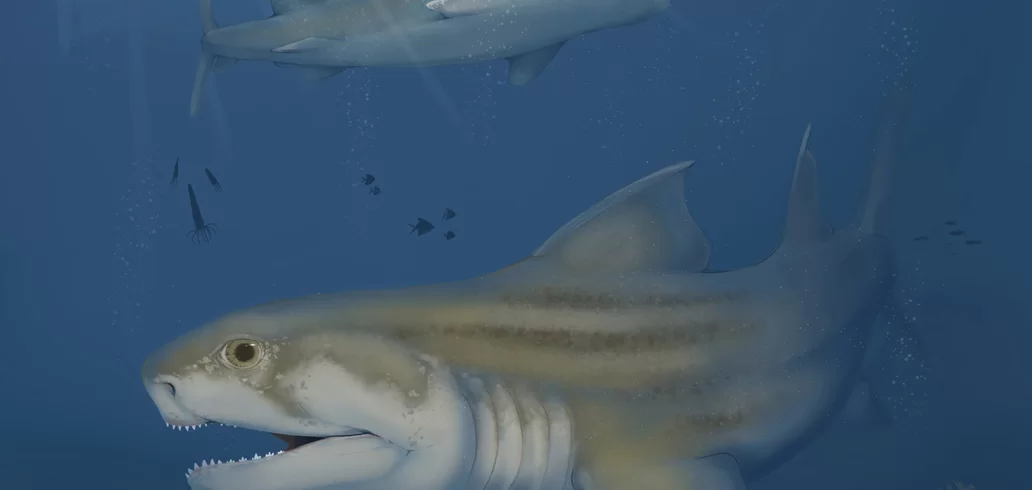History
Talk? Sail? Travel? What were Homo erectus capable of doing?
Advertisement
In terms of skills, Homo erectus were quite advanced for their time. They were skilled hunter-gatherers, capable of making sophisticated stone tools such as bifaces, flakes and hand axes, which were used to cut meat, open fruit and chop wood. These tools suggest that they had a good understanding of the raw materials available and the technology needed to transform them into useful tools.
Additionally, there is evidence that Homo erectus were able to control fire, which would have provided warmth, protection from predators, and a cooking source for food. The use of fire would also have allowed them to expand their diet to include a wider variety of foods, making their diet more diverse and nutritious.
In terms of mobility, Homo erectus were able to travel great distances. Their ability to move across different types of territory suggests that they had a good understanding of navigation and orientation. This is supported by the fact that they were able to colonize areas as far apart as Asia and Europe.
Therefore, Homo erectus was a highly adaptable and capable species, with abilities that allowed them to survive and thrive in a variety of environments.
Development of Homo erectus
Homo erectus is a hominid species that represents an important stage in human development. Here are some key features of Homo erectus development:
1. **Origins and Evolution**: Homo erectus is considered an ancestral species of modern humans. Its origin is generally traced to Africa, where the first specimens were found. They emerged approximately 1.9 million years ago and existed until about 143 thousand years ago.
2. **Morphology**: Homo erectus had a more upright posture than their ancestors, such as Homo habilis, which gave them a more efficient gait and the ability to cover greater distances in search of food. They had larger brains compared to previous species, although still smaller than modern humans.
3. **Tools and Technology**: Homo erectus were the first to produce bifacial stone tools with standardized shapes, known as “Acheulean”. These tools were more advanced than those used by previous species, indicating greater technological and cognitive complexity.
4. **Mastery of Fire**: There is evidence to suggest that Homo erectus were the first hominids to regularly harness fire. The use of fire would have provided warmth, protection from predators, and the ability to cook food, which could have significantly increased caloric intake and nutrition.
5. **Migration**: Homo erectus were the first hominids to disperse out of Africa, colonizing vast areas of Asia and even reaching Europe. This indicates a remarkable ability to adapt to different environments and the ability to travel long distances.
6. **Sociality and Behavior**: Homo erectus are believed to have lived in cooperative social groups, sharing tasks such as hunting, gathering food, and caring for young. They likely had some form of verbal communication and may have been able to pass on knowledge and culture within their communities.
These are some of the most important aspects of the development of Homo erectus, a species that played a crucial role in human evolution and the colonization of new territories.
Flaws in the theory
The theory of evolution, including the evolution of Homo erectus, is a widely accepted scientific explanation that is continually revised and refined as new evidence is discovered. However, as with any scientific theory, there is always room for debate, criticism, and refinement. Here are some areas where criticism and questions may arise regarding the theory of Homo erectus evolution:
1. **Fossil Interpretation**: Fossil interpretation can be challenging and is subject to error and uncertainty. In some cases, the scarcity of fossils or their fragmentation can lead to inaccurate interpretations of the anatomy, behavior, and evolutionary relationships of Homo erectus.
2. **Mechanisms of Natural Selection**: Although natural selection is the main mechanism proposed by the theory of evolution to explain the adaptation of species to the environment, some criticisms focus on the effectiveness of this mechanism in explaining certain complex characteristics or behaviors of Homo erectus.
3. **Migration and Colonization**: Although there is substantial evidence to support the idea that Homo erectus dispersed from Africa to other parts of the world, specific questions about the migration routes, the exact timing, and the factors that drove this dispersal can still be debated.
4. **Origin of Fire and Technology**: While there is evidence to suggest that Homo erectus controlled fire, the exact timing and details of this development may still be uncertain. Furthermore, the exact role of fire in human evolution and Homo erectus behavior may be subject to debate.
5. **Social and Cognitive Behavior**: Although there are inferences about the social and cognitive behavior of Homo erectus based on archaeological and fossil evidence, some questions about the extent and nature of these capabilities may still remain unanswered or subject to different interpretations.
It is important to recognize that science is an ongoing process of investigation and discovery, and that scientific theories are subject to revision in light of new evidence and analysis. Constructive criticism and additional research are essential to improving our understanding of the evolution of Homo erectus and human history.





